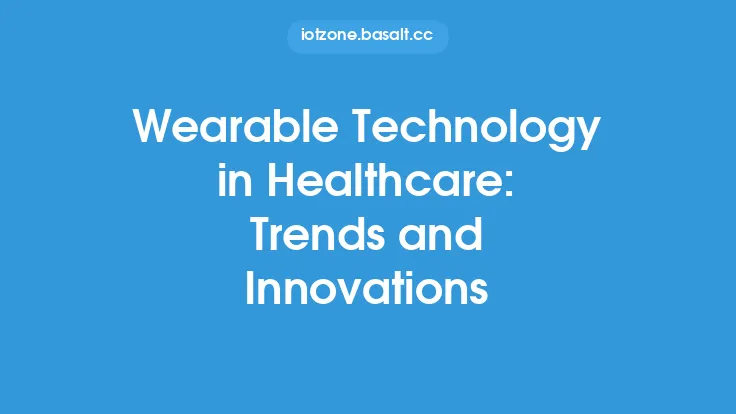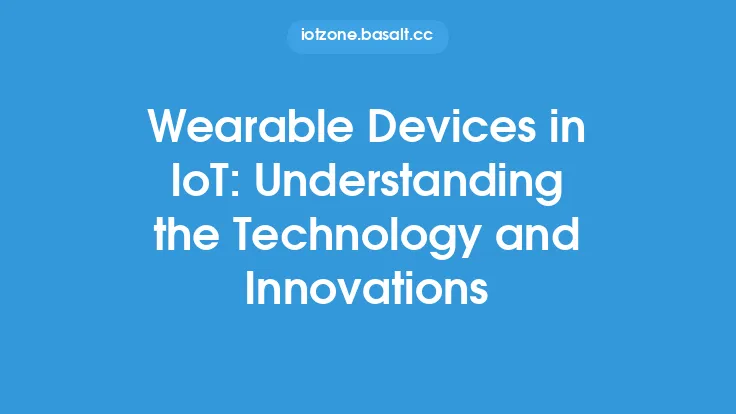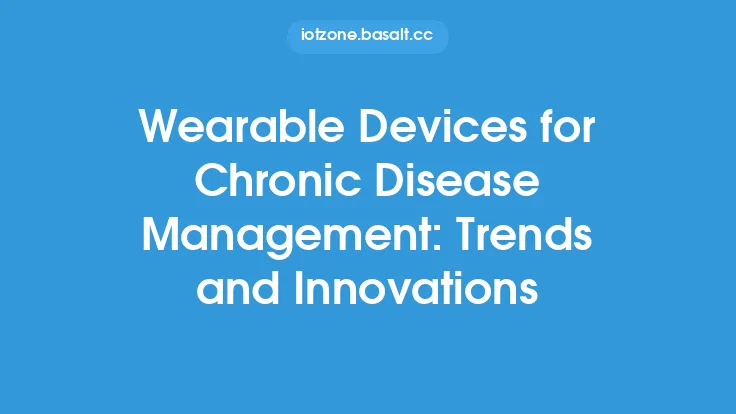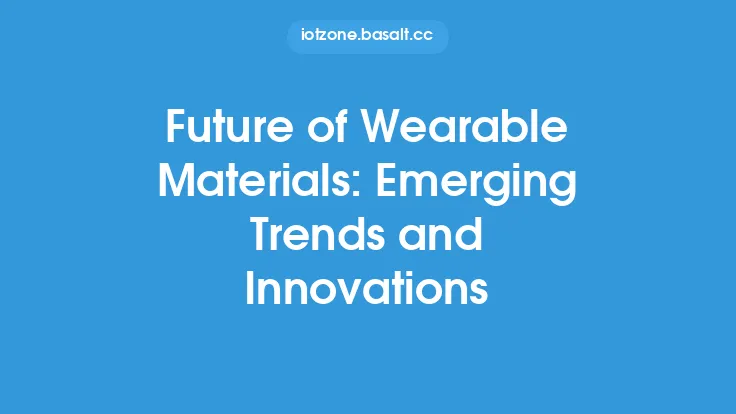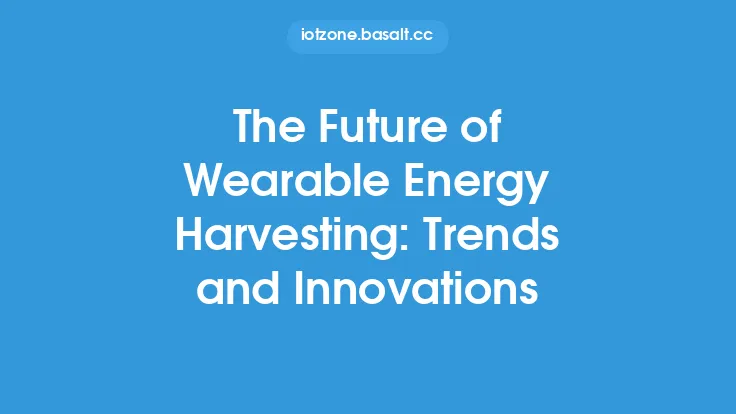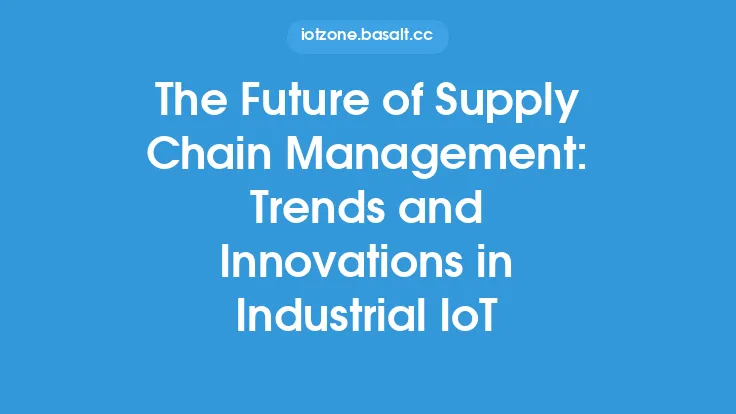The Internet of Things (IoT) has been transforming various sectors, and research is no exception. The integration of IoT in research has opened up new avenues for discoveries and innovations, enabling scientists and researchers to collect and analyze data more efficiently. IoT devices and sensors can be deployed in various environments to gather data, which can then be used to develop new insights and models. This has led to significant advancements in fields such as environmental monitoring, healthcare, and transportation.
Introduction to IoT in Research
IoT in research involves the use of connected devices and sensors to collect and transmit data, which can be analyzed to gain new insights and understandings. This can include everything from simple temperature and humidity sensors to complex devices such as spectrometers and chromatographs. The data collected by these devices can be transmitted to a central location, where it can be analyzed using advanced algorithms and machine learning techniques. This enables researchers to identify patterns and trends that may not have been apparent through traditional data collection methods.
Applications of IoT in Research
IoT has a wide range of applications in research, including environmental monitoring, healthcare, and transportation. In environmental monitoring, IoT devices can be used to track factors such as air and water quality, soil moisture, and weather patterns. This data can be used to develop models that predict the impact of environmental changes and identify areas where conservation efforts are needed. In healthcare, IoT devices can be used to monitor patient health and track the spread of diseases. This can enable early intervention and prevention, reducing the risk of outbreaks and improving health outcomes.
IoT-Enabled Research Infrastructure
The development of IoT-enabled research infrastructure is critical to supporting the use of IoT in research. This includes the deployment of sensors and devices, as well as the development of data management and analysis systems. IoT-enabled research infrastructure can include everything from simple sensor networks to complex systems such as smart grids and intelligent transportation systems. The development of these systems requires collaboration between researchers, engineers, and industry partners, and can have a significant impact on the advancement of research in various fields.
Data Management and Analysis in IoT-Enabled Research
Data management and analysis are critical components of IoT-enabled research. The large amounts of data generated by IoT devices require advanced data management systems, including data storage, processing, and analysis. This can include the use of cloud computing, big data analytics, and machine learning algorithms. Data analysis is also critical, as it enables researchers to identify patterns and trends in the data and develop new insights and understandings. This can include the use of techniques such as data mining, predictive analytics, and visualization.
Security and Privacy in IoT-Enabled Research
Security and privacy are critical concerns in IoT-enabled research, as the use of connected devices and sensors can create new risks and vulnerabilities. This includes the risk of data breaches, cyber attacks, and unauthorized access to sensitive information. Researchers must take steps to ensure the security and privacy of IoT devices and data, including the use of encryption, secure communication protocols, and access controls. This can also include the development of policies and procedures for data management and sharing, as well as the use of anonymization and de-identification techniques to protect sensitive information.
Future Directions for IoT in Research
The future of IoT in research is exciting and rapidly evolving. As IoT devices and sensors become more widespread and advanced, we can expect to see new applications and innovations emerge. This can include the use of IoT in fields such as astronomy, materials science, and biotechnology, as well as the development of new IoT-enabled research infrastructure and data management systems. The integration of IoT with other technologies, such as artificial intelligence and blockchain, is also expected to have a significant impact on the advancement of research in various fields.
Challenges and Limitations of IoT in Research
Despite the many benefits and opportunities of IoT in research, there are also challenges and limitations that must be addressed. This includes the need for standardization and interoperability, as well as the development of new data management and analysis systems. The security and privacy concerns associated with IoT devices and data are also a significant challenge, and require careful consideration and mitigation. Additionally, the use of IoT in research can also raise ethical concerns, such as the potential for bias and discrimination in data collection and analysis.
Best Practices for Implementing IoT in Research
To ensure the successful implementation of IoT in research, it is essential to follow best practices and guidelines. This includes the development of clear goals and objectives, as well as the identification of key stakeholders and partners. The selection of appropriate IoT devices and sensors is also critical, as is the development of data management and analysis systems. The security and privacy of IoT devices and data must also be carefully considered, and measures taken to mitigate risks and vulnerabilities. Finally, the use of IoT in research must be carefully evaluated and assessed, to ensure that it is meeting its intended goals and objectives.
Conclusion
In conclusion, the integration of IoT in research has the potential to transform the way we collect and analyze data, and to enable new discoveries and innovations. The use of connected devices and sensors can provide new insights and understandings, and can help to address some of the world's most pressing challenges. However, the use of IoT in research also raises challenges and limitations, including the need for standardization and interoperability, and the development of new data management and analysis systems. By following best practices and guidelines, and by carefully considering the security and privacy concerns associated with IoT devices and data, researchers can ensure the successful implementation of IoT in research, and unlock new discoveries and innovations.
